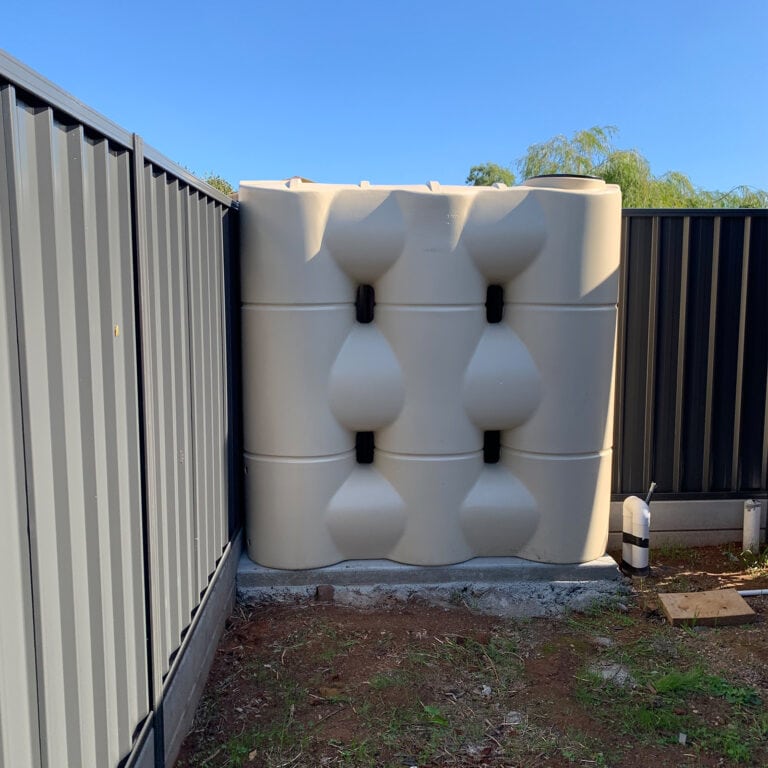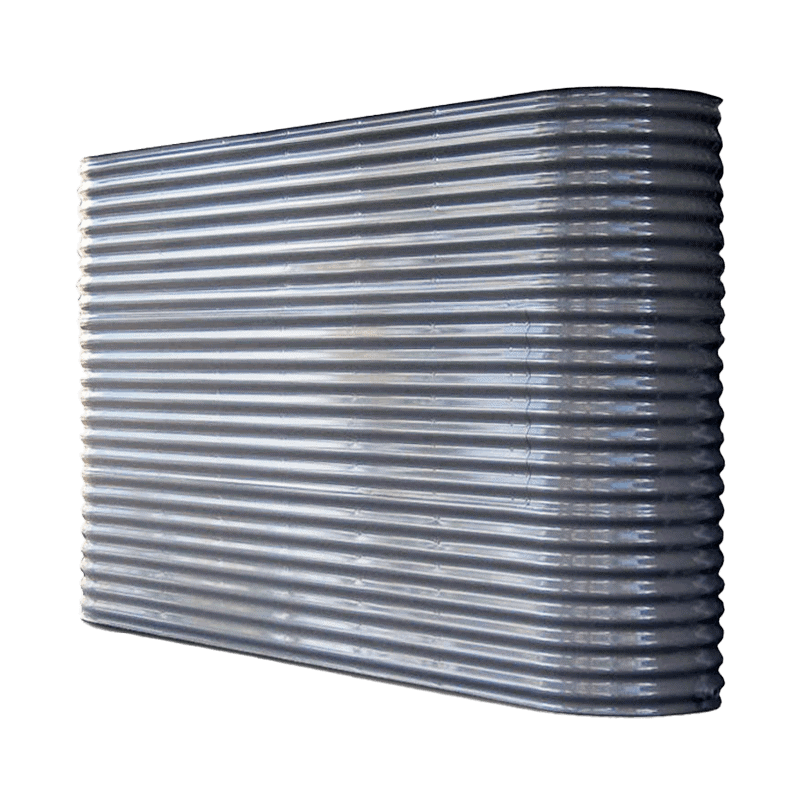Budget Friendly Slimline Water Tanks: Optimize Your Rainwater Harvesting
Budget Friendly Slimline Water Tanks: Optimize Your Rainwater Harvesting
Blog Article
Exploring the Numerous Uses Rain Tanks for Residential and Commercial Characteristics
As the global focus on lasting living techniques remains to increase, the use of rainwater storage tanks in both residential and industrial settings has emerged as a significant solution. These tanks use a tank for rainwater harvesting, offering a myriad of prospective applications that expand much past mere storage space. From watering to toilet flushing and landscape design, the adaptability of rainwater containers is substantial. Additionally, their combination into commercial buildings opens a realm of possibilities for environmentally conscious businesses. The complex uses of rain storage tanks provide an engaging instance for their adoption, not just as a sensible water-saving measure but likewise as a testament to accountable source monitoring.
Advantages of Using Rain Containers
Utilizing rain containers uses countless advantages for both households and areas in regards to water conservation and sustainability. One of the essential benefits of making use of rain storage tanks is the significant decrease in reliance on mains supply of water - Slimline water tanks. By capturing and keeping rainwater for later use, people and neighborhoods can lower their demand for treated water, eventually relieving the worry on water therapy facilities and lowering energy intake associated with water transportation and treatment
Moreover, rainwater collecting with containers provides a trustworthy different water resource throughout times of water restrictions or scarcities. This stored rainwater can be utilized for numerous non-potable functions such as irrigation, flushing commodes, and washing clothing, minimizing the strain on typical water sources. Additionally, utilizing rainwater containers can result in cost savings for both households and communities by reducing water costs and reducing the need for costly framework growths to satisfy expanding water needs.
Essentially, the utilization of rainwater containers offers a sustainable and ecologically pleasant technique to water monitoring, benefiting both specific customers and the more comprehensive neighborhood in regards to water preservation, cost-efficiency, and strength.
Rain Tank Usage in Irrigation
Given the benefits of rainwater containers in saving water sources and lowering dependence on keys water, a substantial application depends on using kept rain for irrigation objectives - Slimline water tanks. Rainwater gathering systems can effectively gather and keep rainwater, providing a lasting water resource for watering gardens, yards, and farming fields. By utilizing rainwater for irrigation, property proprietors can minimize their reliance on treated water sources, causing cost savings and environmental benefits

One of the primary benefits of making use of rainwater for irrigation is its purity. Rainwater is normally soft and devoid of the chemicals and ingredients frequently discovered in mains water, making it excellent for nourishing plants without the risk of hazardous impacts. In addition, rainwater is at ambient temperature, which can profit plant visit this site development by avoiding temperature shocks that can accompany cold keys water.
Rainwater Tanks for Commode Flushing

Applying rainwater tanks for bathroom flushing is an economical and environmentally pleasant technique that can be quickly integrated right into both property and industrial properties. The stored rain can be used to flush toilets by connecting the tank to the existing plumbing system. This simple yet efficient remedy can substantially decrease water usage in a building, especially in locations where water scarcity is a concern.

Incorporating Rain Storage Tanks in Landscaping
These tanks can record and store rain drainage from roof coverings, which can then be made use of for watering yards, lawns, and plants. By utilizing rainwater for irrigation purposes, property owners can lower their reliance on local water sources, leading to cost savings and conservation of priceless water resources.
Along with providing a sustainable water source for landscape design demands, rainwater storage tanks can additionally assist in taking care of stormwater overflow. By catching rainwater that would certainly otherwise move right into tornado drains pipes, these more containers can reduce visit the website disintegration, lower flooding threats, and stop pollution of natural water bodies. Integrating rain tanks in landscaping can contribute to the overall visual appeal of the property, showcasing a dedication to environmental stewardship.
Business Applications of Rain Tanks
Using rain storage tanks in commercial setups supplies a sustainable solution for water management and preservation, benefiting companies and the atmosphere alike. Business applications of rain storage tanks are varied and progressively preferred because of the expense financial savings and environmental advantages they provide. One essential business use is for irrigation purposes, where collected rain can be made use of to water landscape design, yards, and farming areas surrounding business residential properties. This can result in substantial reductions in water expenses and dependence on municipal water resources.
Moreover, rainwater containers can be integrated right into the fire reductions systems of industrial buildings. By having a devoted water resource for firefighting functions, organizations can improve their fire precaution and potentially decrease insurance costs. In addition, rain gathered in tanks can be treated and utilized for non-potable purposes within commercial buildings, such as flushing toilets, cleaning, and cooling systems. This not just conserves freshwater sources but also reduces operating expenses for businesses. Generally, the incorporation of rainwater tanks in business setups presents a useful and environmentally liable technique to water administration.
Final Thought
In conclusion, rain containers provide many advantages for both domestic and business properties. From watering to commode flushing and landscaping, using rainwater containers can aid conserve water sources and reduce water costs. Furthermore, integrating rain storage tanks in industrial settings can result in considerable cost savings and environmental benefits. In general, the flexibility and sustainability of rain containers make them an important investment for any type of residential property owner wanting to enhance water effectiveness.
Report this page